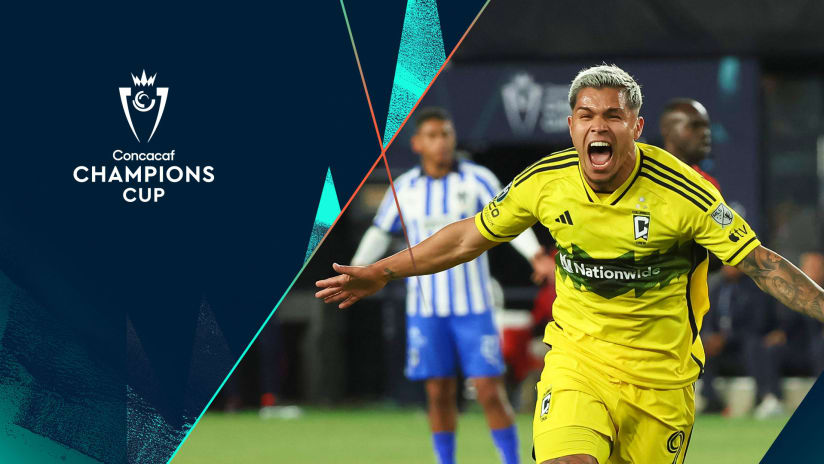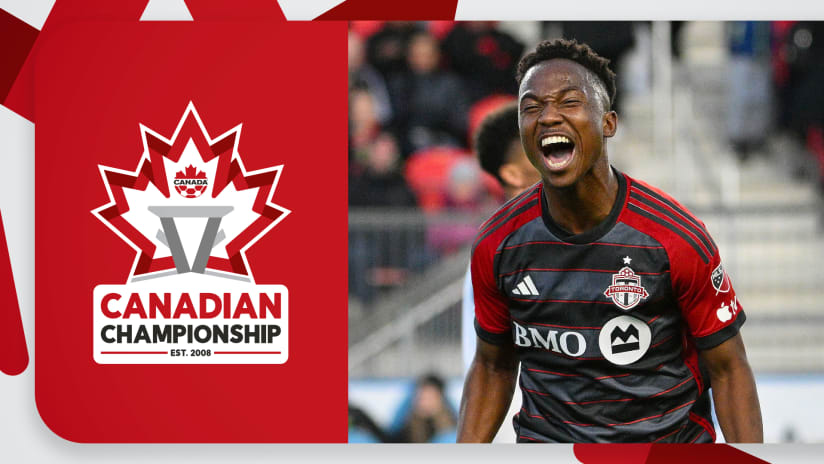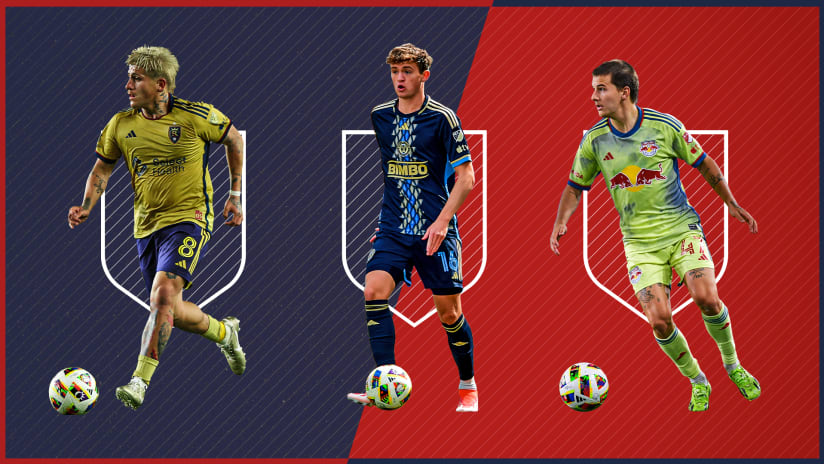Three wins in three games for Gregg Berhalter. Performances over results all day, every day at this point, but nobody is going to complain about a win, even by deflection. It’s certainly better than the alternative.
This was the first time Berhalter had a full complement of players at his disposal, and it showed. Trans-Atlantic video sessions, a commitment to clear communication and a defined system go a long way – seriously, I am beyond thrilled at the level of detail and preparation 3G is reportedly bringing to the job – but it’s unreasonable to expect the players to pick up and execute it flawlessly after 48 hours together.
Given it’s a light MLS weekend, here are five USMNT questions to get you through Friday. You can also watch Club & Country with Susannah Collins, Matt Doyle and Calen Carr for more analysis on the United States’ 1-0 win against Ecuador in Orlando. Chile are next on Tuesday.
What was Ecuador doing?
Playing for the point on the road, apparently, and they very nearly got it! Only there were no points at stake. You know, because this was a friendly.
To evaluate the US national team’s performance, you’ve got to include the context of what they were up against. On Thursday, they were up against a team that had no interesting in attacking. None. Former Panama coach Hernan Dario Gomez set up shop in his own third and dared the Americans to break down his defensive block.
Ecuador took one shot. It was off target. They completed just 80 passes in their attacking half of the field and fewer than 30 in the final third. And that’s being pretty darn liberal with the term “final third.”
Forget whether they were capable of threatening Sean Johnson in the US goal. Ecuador didn’t even try. Remember that as you continue reading (or click away to watch cat videos).
Is Christian Pulisic a No. 10?
Just rinse and repeat, from now through the Gold Cup (and perhaps beyond). We want Pulisic to be the USMNT’s creative, attacking fulcrum for emotional reasons, and Berhalter seemingly wants to give the soon-to-be Chelsea man the opportunity to take the position and run with it.
I know it’s just one game against a dug-in opponent, but I’m starting to see Bobby Warshaw’s oft-repeated point about Pulisic vis-à-vis central midfield vs. the wing. He might be better wide, and the US might be better off with him there, too.
Why? Because Pulisic doesn’t look comfortable harried by defenders on all sides. Put a defender on his back in tight spaces, and you take away his best attributes. He’s at his best running at defenders at pace, unbalancing them, combining and either picking a final pass or going for goal himself.
Late in the first half, Matt Doyle and I were texting about the changes we’d make to break down the Ecuador bunker. What might have happened had Pulisic got the ball in the same positions as Jordan Morris, playing on the right wing? This is Pulisic’s best moment of the match, by far. No coincidence it came isolated with chalk on his boots.
None of this is a slight on Morris, either. Settle down, Sounders supporters.
In a game against a more expansive opponent, Morris might have used his speed to stretch the field and get in behind or whip in more low, driven crosses like the one that Paul Arriola buried before the whistle called it back for offside. Fact is, Morris isn’t a 1-v-1 dribbler/creator. He’s more of a second forward who starts on the wing in Seattle. He’s learning on the job with the US, just like everyone else.
I have no doubt Pulisic will get more opportunities to prove he can play centrally. Perhaps he was a bit rusty, given his reduced role at Dortmund. He’s just 20 years old and the World Cup is in three years. There’s plenty of time to figure all this out.
How did the Tyler Adams experiment work out?
Mixed bag, as expected. Let us not forget that Nick Lima had three weeks on the practice field and in the film room to understand what Berhalter was looking for in the right back-central midfield hybrid role that appears to be designed specifically for Adams’ skillset.
It took the RB Leipzig standout awhile to get comfortable leaving the space you’d expect a right back to occupy and drift inside to get on the ball. This split tells the tale.
Adams can do the job, but it’s going to take him time to grasp exactly what Berhalter is looking for from the position. Encouragingly, it seemed he picked up more and more as the game went on.
Who were the big winners?
Aaron Long and Wil Trapp, in my opinion.
In Long’s case, it’s pretty easy to grasp: He understands what’s being asked of him and his strengths fit the role.
With John Anthony Brooks in the lineup, Long doesn’t have to worry too much about distribution. He’s just got to react well defensively to prevent the right back’s roaming from burning the US in transition. There were a handful of moments in which Ecuador tried to exploit the space left by Adams’ advance. Long was there every time to calmly snuff out any danger.
That should come as no surprise to anyone who watches MLS. With the Red Bulls, Long is often on a defensive island thanks to the press. He’s got the speed, the strength, the timing and the patience to either stuff an attacker himself or delay long enough until help arrives.
As for Trapp, this is a bit of tricky game to judge him fully.
We know the CrewHomegrown can pass the ball, hit a big switch on the money and help set tempo. He did all that against Ecuador. He’s a leader on the field, and he showed that. His strengths were on display until the aftereffects from a gnarly tackle at the end of the first half forced him to the bench.
But were his weaknesses really tested against this Ecuador side? Ehhhhh, probably not. Still, it was arguably his best performance with the US. For now, it appears to be a two-horse race between Trapp and Michael Bradley at d-mid.
How will Jozy Altidore change this team?
Gyasi Zardes might have gone 25 minutes between kick off and his second touch, but it wasn’t all bad. He got the goal. He had a couple nice moments in combination around the top of the 18-yard box. He knows exactly what Berhalter expects from him following last year’s successful debut season in Columbus.
But Zardes is not Jozy Altidore, and this team will take another step forward when Altidore is back to full strength.
Think about all those combinations in and around the penalty area with Pulisic and Weston McKennie (prayer hands that his ankle injury isn’t as bad as it looked). Think about the hold-up play that would allow Adams, Morris and Arriola to advance higher up the field. This about his instincts and touch around goal.
This was a fine performance for the US, but there’s more to come. Whether via addition on the personnel side or familiarity with Berhalter’s system.













